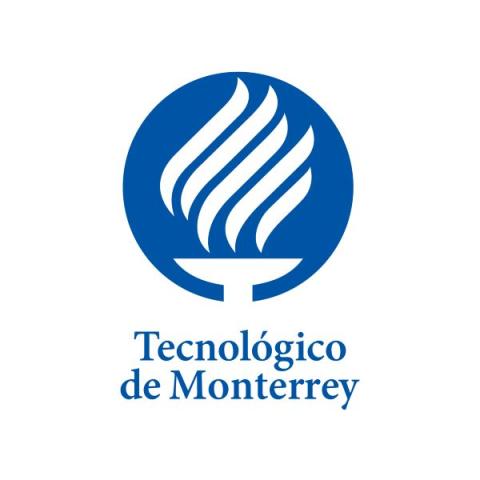
Tips for designing activities that tackle cheating in digital environments
As educators, we know that plagiarism is an everyday issue. It’s a challenge that appears in essays, investigations, questionnaires and many assignments that require searching for and consulting information.
In the online education world, scholar plagiarism can be even more of an issue given that courses can have a massive student population and the learning process is placed even more in the hands of the student. Given these circumstances, we need to have an honest outlook and embrace the fact that some of our students are going to “cheat” on their homework.
So what can we do to combat this issue week after week? Here are some tips for designing activities that embrace scholar cheating and help to combat it:
Be creative
Try to design activities that involve a creative process for the student, so that even if information comes from an external source, it needs to be grounded in their own words. Posters, infographics, mind maps, practical examples, explorations of immersive resources or investigations that involve more than a transcription of information are all good starting points. Tools such as Genially, Canva, Miro or even TikTok are great for these kinds of assignments.
At the beginning of the semester, try to avoid largely written activities, and then little by little insert activities that lead them to critical thinking in terms of recognising the particularities of the topic/s.
- A (very) simple solution to cheating
- Zero cheating is a pipe dream, but we still need to push academic integrity
- Assessment design that supports authentic learning (and discourages cheating)
Always evaluate the integration and correct use of references
Include in your evaluation instrument an item with a considerable score for the quality of students’ argument, the placement of references and the correct use of the citation format.
Once you have this element integrated into your evaluation rubrics, use it
Feed back on your students’ assignments, emphasising the importance of recognising the use of external ideas. You must be strict and consistent in this, especially in early assignments, where you will be able to identify the main problems regarding students’ use of citation. This will help you strategise and share additional material with your students to combat these practices.
Design an activity where students can reinforce the handling of citations
You will discover that, in some cases, there is no direct intention of the student to copy but rather a lack of knowledge of the norms and rules of the citation format. To combat this, you must have an activity that allows students who have problems with this topic to practise, without penalty, the correct way to use ideas that they extract from external information sources.
This could be a quiz, an interactive presentation designed in Genially or a video in Edpuzzle. Whatever you choose, try not to use only text – look for some interaction to reinforce the learning process.
Provide examples of reliable sources
Integrate a directory into your course that shows examples of sources that are considered reliable from your disciplinary perspective. Guide your students in the diversity of sources that exist, remembering that today we can find valuable academic information in multimedia sources, too, including social media networks.
These are some of the strategies that have been very useful to us in Cultural Heritage of Mexico, a massive digital course that has a large cohort every time. Our rates of academic plagiarism remain low in activities that involve a creative process compared with those that require the student to deliver large amounts of written information.
We also include activities such as argumentative essays, which we strategically place in the last weeks of the course period, when we have already spent a good deal of time marking errors and guiding students who fall into dishonest practices. This also allows students to approach this type of activity with greater confidence and security.
Bárbara Regina Granados Guzmán is a professor in the department of educational innovation and digital learning at Tecnológico de Monterrey. She has been performing the role of leading tutor professor in humanities courses since 2014.
If you found this interesting and want advice and insight from academics and university staff delivered direct to your inbox each week, sign up for the THE Campus newsletter.




